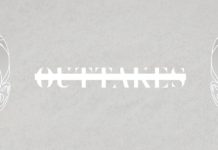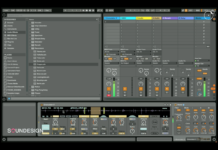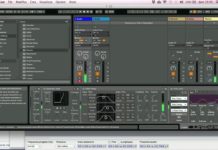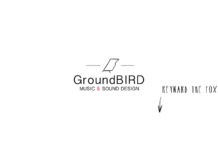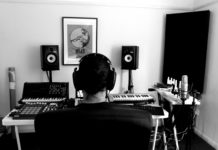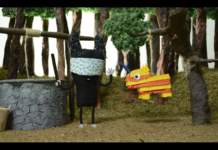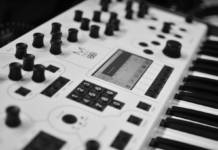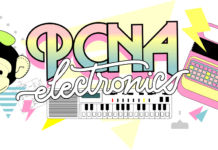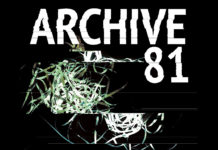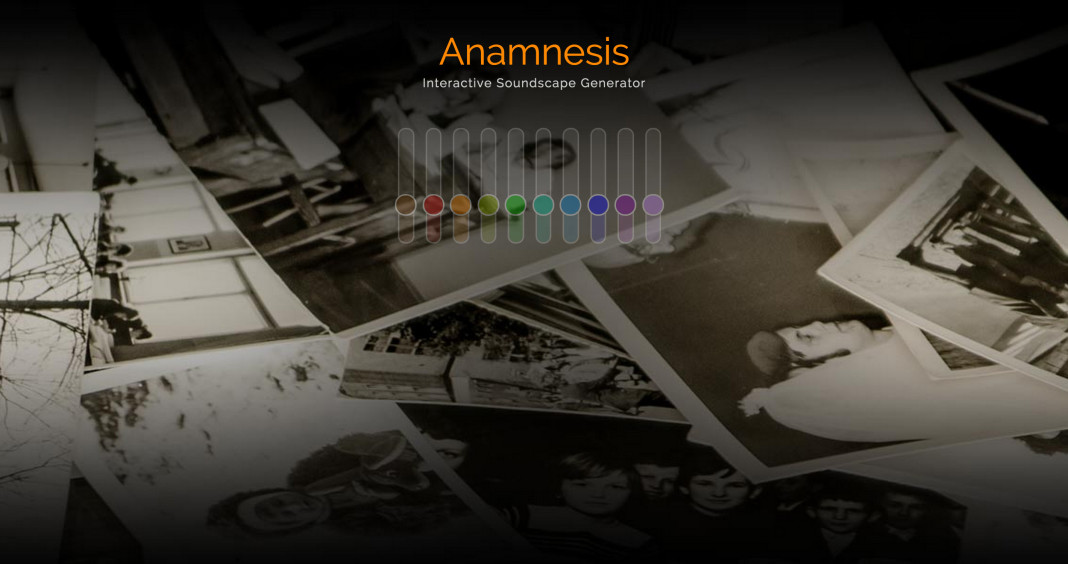This post originally appeared on Sonoport Blog.
Interview with the creator of myNoise, a collection of online noise generators built for sound therapy, relaxation, tinnitus and more.
When you visit myNoise, one of the first things that you see is this message: “The site you are about to enter is not just another of those soundscape websites but a serious tool oriented toward the needs of hearing professionals, sound therapists, and people interested in noise machines in general”.
The cool thing about myNoise is that it allows you to tailor the sounds according to your own hearing thresholds. It uses a simple calibration method that allows to compensate for either your potential hearing loss, or your audio equipment and listening environment deficiencies. Your calibrated settings will be stored as a browser cookie, and can be recalled any time from the Your Hearing Curve setting found in all calibrated noises, under the Presets section. Apart from that, for every sound generator you can also choose to animate the sliders for different combinations of frequencies!
I first found out about myNoise when a friend introduced me to the lovely Furry Friend – Frequency-Shaped Cat Purr Noise Generator. It felt as if my cats were right beside me even though I’m in a office about 20 kilometers away from home. That night I went home and did a little experiment, which you can watch below.
Born in Brussels and with a degree in Electrical Engineering, Dr. Ir. Stéphane Pigeon is the man behind myNoise and other incredible audio-related websites such as Audio Check, Wavtones and My Hearing Test.
The fascinating thing about Stéphane is that he started off by playing classical piano as a child and then developed interest in synthesizers as a teenager before moving on to revolving his entire scholarly education around the science and mathematics behind sounds.
In a recent interview with Sarah C. Rich he said: “As a teenager, I became fascinated by synthesizers, which are capable of creating their own, unique sounds. Musicians can modulate the sound of their acoustic instrument, by varying their playing techniques, but only in a constrained sound space: an acoustic piano will always sound like an acoustic piano”.
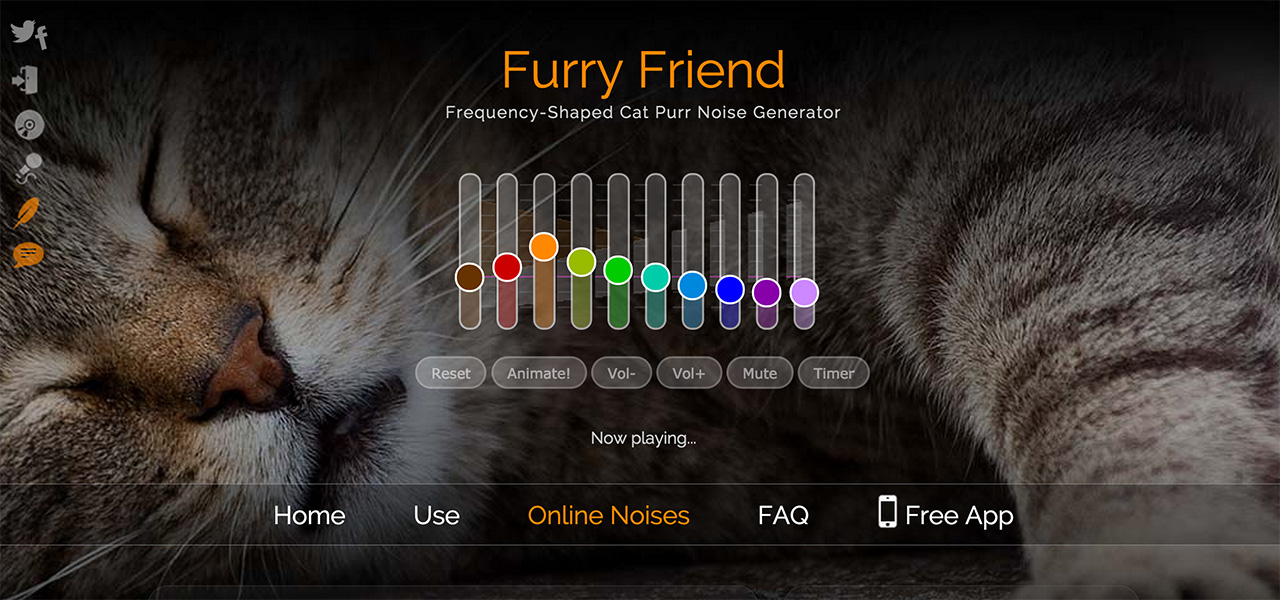
Stéphane’s love for synthesizers led him to work as a consultant for Roland Corp (some works are here) and then for the Laboratoire de Télécommunications et Télédétection, where he finalized a PhD on the topic of multimodal biometric person authentication. Then he joined the Royal Military Academy as a part-time researcher, working on various topics such as computer-assisted person identification, data fusion, channel coding and audio processing. His last years were related to speech segmentation and language identification, in the context of Open Source Intelligence and Signal Intelligence. You can find some publications here.
In Stéphane’s official website you can read this sentence: “Signals oscillating between 20 and 20000 times a second are my favorites. I often team up with Nyquist and Shannon when projects need to be discrete, or with Fourier when time doesn’t matter. My lucky numbers are 44100 and 65535. If this all makes sense to you, you just confirmed we are speaking the same language. If not, I will probably look to you as someone who pretends to work when I listen to music… “.
I finally had the opportunity to contact him via email and then have the following interview.
Hi Stéphane, firstly I would like to say how much is incredible that you manage MyNoise only by yourself. How did the idea for the cat purr generator come from?
The cat purr was added a long time ago, almost two years ago I think. Here is the background story: featuring a cat purr was a request of many early myNoise users. At beginning, I kept explaining all the reasons why the myNoise sound player was not designed for playing a cat purr (it was initially designed to play flat noises such as white noise and rain) and why I wouldn’t implement a cat purr. Then, I gave up and programmed it, just to stop people asking for it 😀
It is not the myNoise sound I am the most proud of, but it seems that people like it (or the concept). I still believe my custom audio engine is not made for sounds like these. But people love cats, and this may – on its own – explain the page success.
I write basic web audio tutorials and IÂ am trying my best to cater it for musicians interested in learning this technology without any background in Javascript, CSS or HTML. So how did you get into web audio?
Basically, everything I programmed could have been made using HTML5 audio. Unfortunately, HTML5 audio on iOS devices, is limited to a single audio stream. This limitation does not exist with the Web Audio API. But programming everything using the Web Audio API wasn’t a solution either, because of Internet Explorer, not being compatible. So, I had no other choice than implementing both schemes, use the Web Audio when possible, and HTML5 audio as a fallback when needed.
You started off by playing classical piano as a child and then developed interest in synthesizers before moving on to revolving your entire scholarly education around the science and mathematics behind sounds. It’s awesome to be able to understand the science behind what you’re doing and learn to apply that knowledge to creating all those noise generators. So what is the most important part of your working process when you are creating these generators?
There isn’t a most important part, I am afraid, but a combination of (so) many little details. How to split sounds in octaves? That is not difficult. But how to avoid phase problems when recombining them. That is less trivial. How to play mp3 files in a browser? That again is not difficult. But how to make them loop seamlessly, without any audible gap or click. That is less trivial. How to compensate for one’s hearing loss? Not difficult. But how to measure one’s hearing, online, using uncalibrated devices. That is less trivial. And so on, and so on…
I find your explanation regarding sound frequencies in your interview with Sarah C. Rich very enlightening. A trained ear could probably differentiate sound frequencies and if we had names for sound colours it would be really cool. However I guess it would not work well culturally because seeing something visual and hearing a sound triggers a different type of stimuli in the brain. So in your opinion what seems to be the most misunderstood aspect of sound?
We have names for light frequencies, these are the colours. And while culturally, we can attach different feeling to a same color, the color remains the same across cultures. Red is red, wheresoever you live. OK, some cultures may have been trained to distinguish more nuances in a color, but that basic color remains the same across cultures. That is the same with sound frequencies. But we just miss proper names for sonic frequencies.
I think that indeed, the fact that we don’t care about naming sound frequencies, ends up in completely ignoring how the audible spectrum sounds. I’d like to be able to describe the sound of the wind, for example, when I hear it. How can I precisely describe it with categories like bass – medium and treble (what we use to describe frequencies in the filed of audio). How poor is that. We need a vocabulary that is as wide as how colours cover the light spectrum. Then, we will be able to describe what we hear, and be conscious about what we hear. And say things like:
Today, I woke up to the sound of a dark shreen wind and gred rain (using words that doesn’t exist – since this is the point).
And lastly (and also most importantly I feel), what is your favourite sound?
There are so many, so I can only chose the universal one: white noise, the one that covers all frequencies.
Go here,  move each slider, and hear the various sound colors… yet to be named 😉





